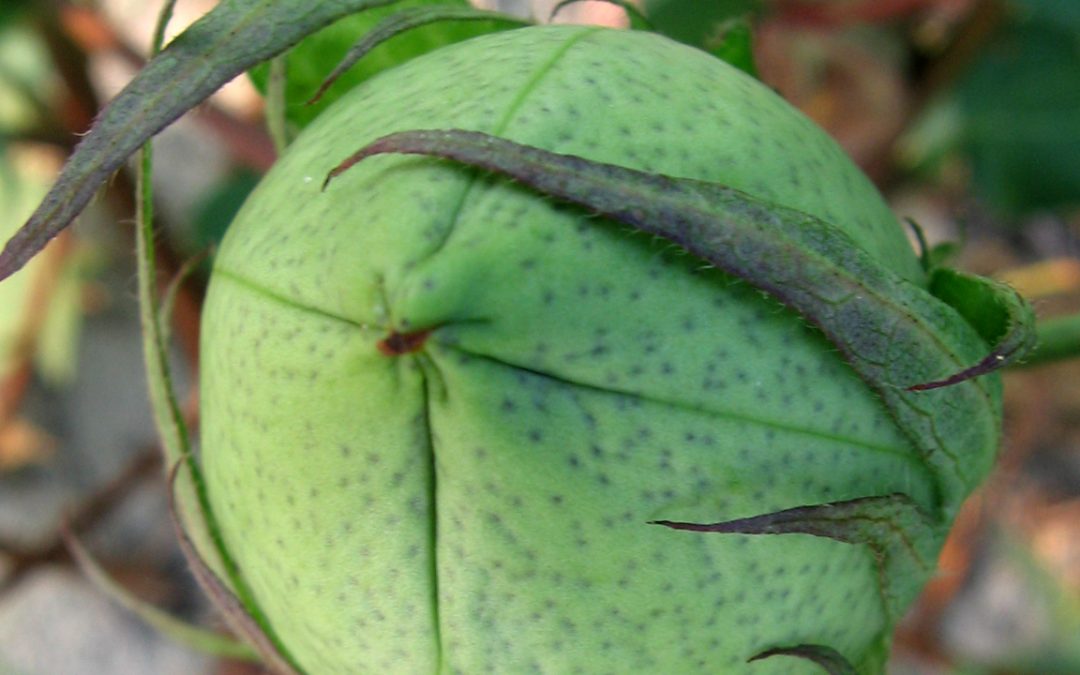“The mission of the Alabama Variety Testing Program is to provide research-based, unbiased results on the performance of various crop hybrids, cultivars, and varieties to the agricultural community in our state. We are intent on conducting these trials in a manner that will result in maximum biological yield through methods common to the top-producing farms in Alabama. We are committed to providing this information in a rapid, timely manner for its use during the decision-making process. The success of the program rests upon our ability to help Alabama producers provide a safe, dependable source of food and fiber for all families as well as economic sustainability for theirs.”
Performance of Cotton Varieties in Alabama, 2016 by K. M. Glass1, D. P. Delaney2, C. D. Monks3, and J. Brasher4, 1Agric. Program Assoc.; 2Extension Specialist; 3Prof. & Dir. Res. Outlying Units; and 4Field Data Manager, Dept. of Crop, Soil & Environmental Sciences; Alabama Experiment Station; and ACES Auburn Univ., AL 36849
Methods
Varieties in early and full season trials were arranged in a randomized complete block experimental design with 4 replications. Plot size was 4 rows, 36- to 38-inches wide, and 20 to 25 feet long. Trials were managed according to the location and local practices (Table 1). Alltestswerefertilizedaccordingtosoiltest recommendations. Varieties were harvested utilizing a mechanical picker from the center 2 rows of each plot. Seed cotton weights were recorded, samples ginned for turnout, and fiber quality was determined by the USDA Cotton Classing Office in Macon, Georgia.
Seed cotton samples were ginned on a 10-saw laboratory gin without lint cleaners, therefore lint turnout is higher than can be expected when processed by a commercial gin with cleaners. However, differences between varieties are relative.

